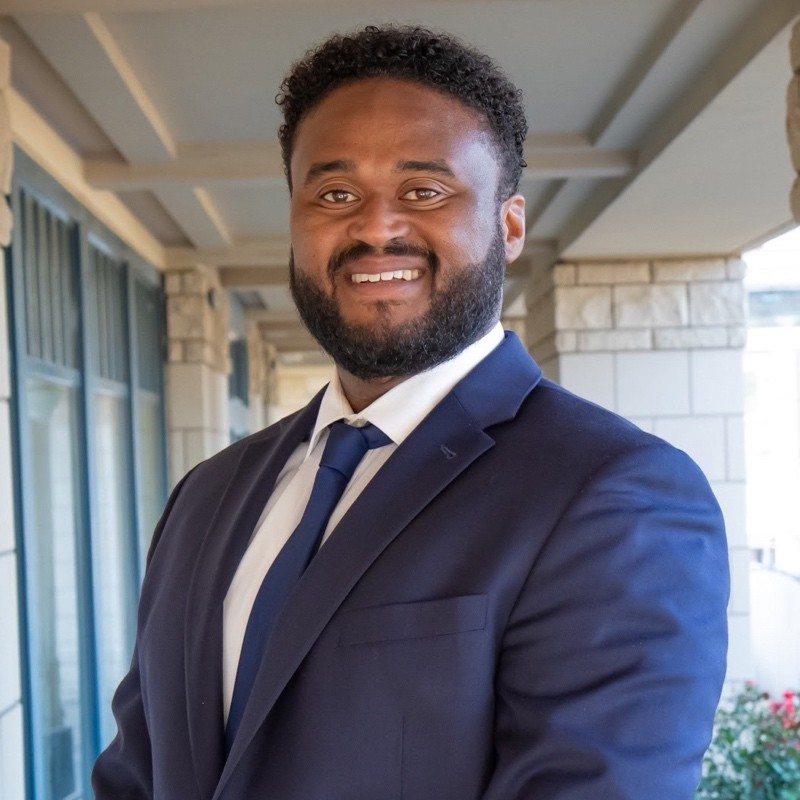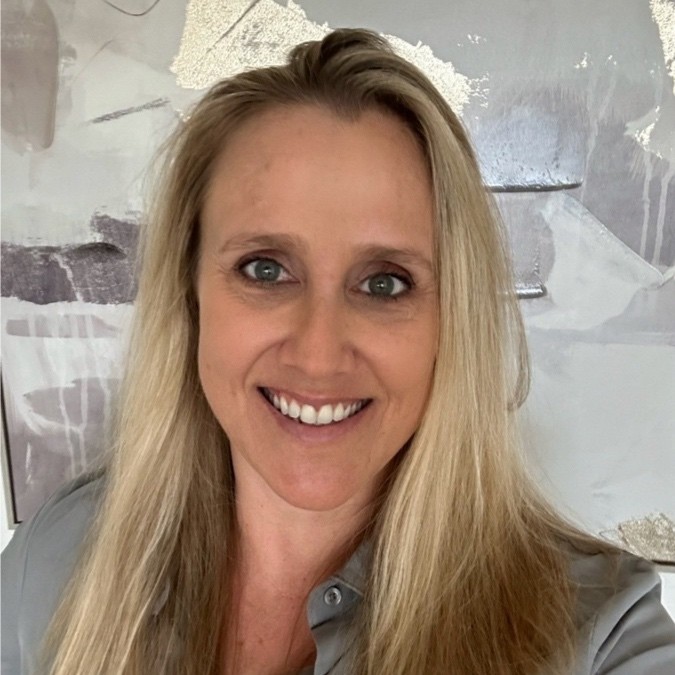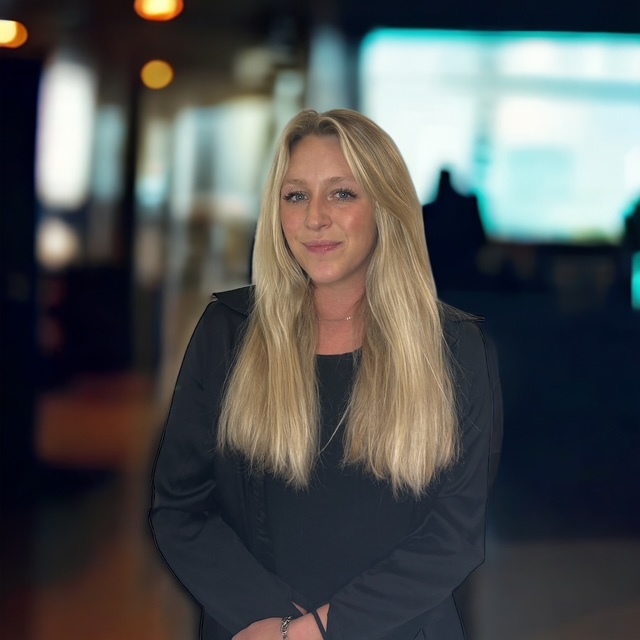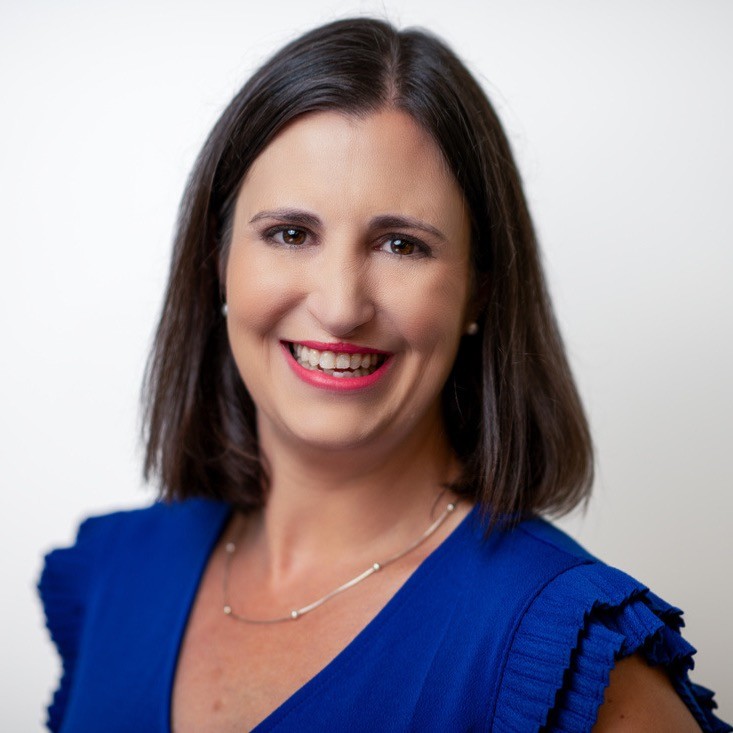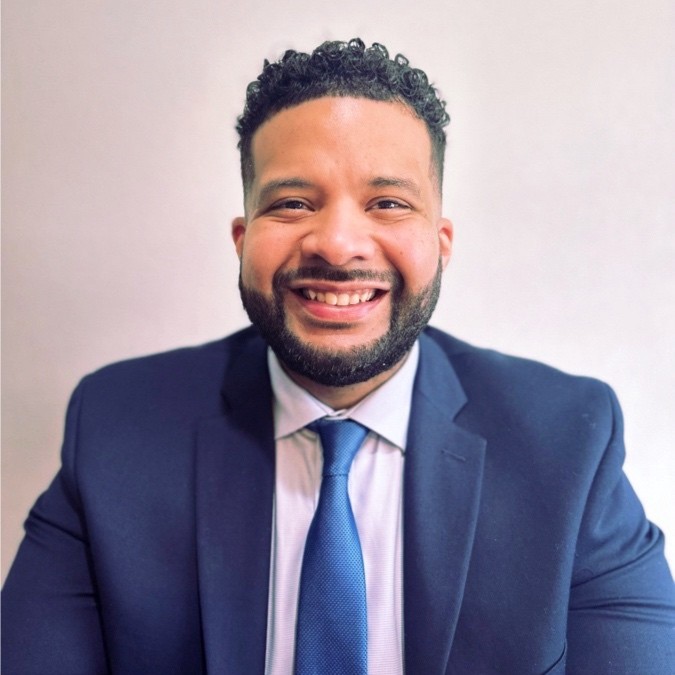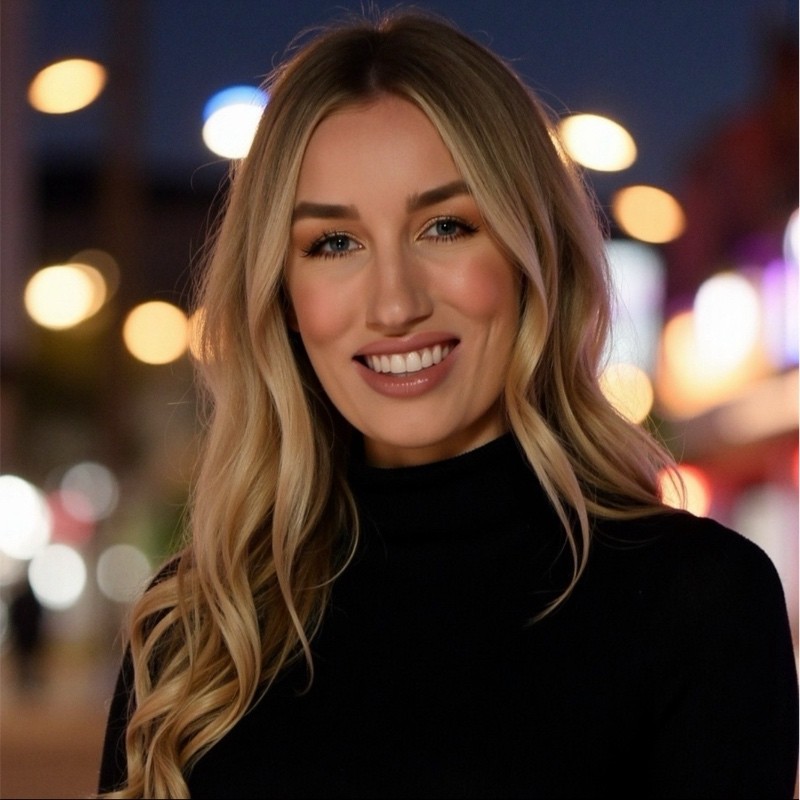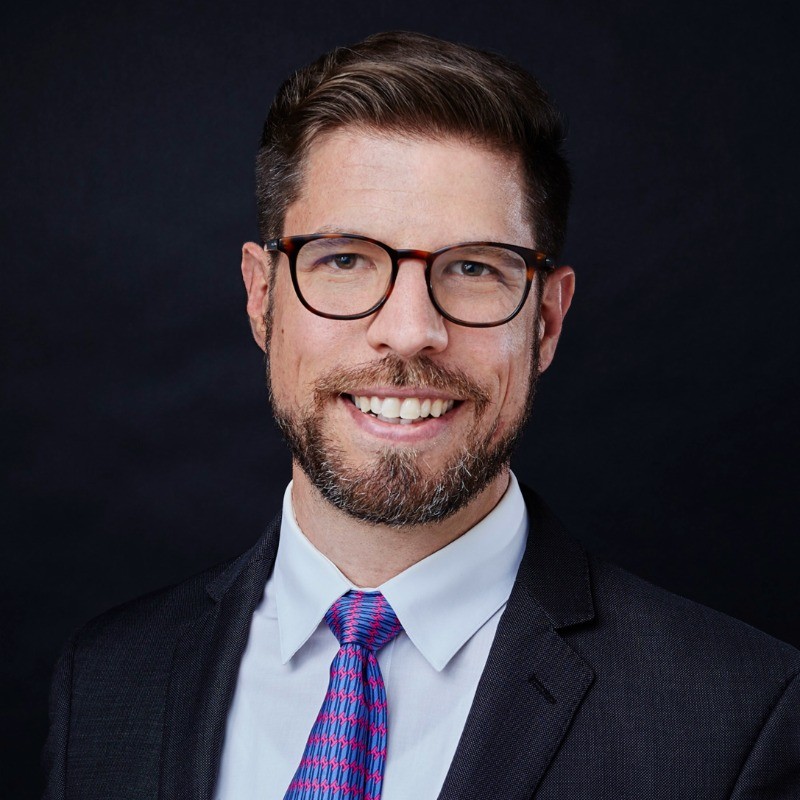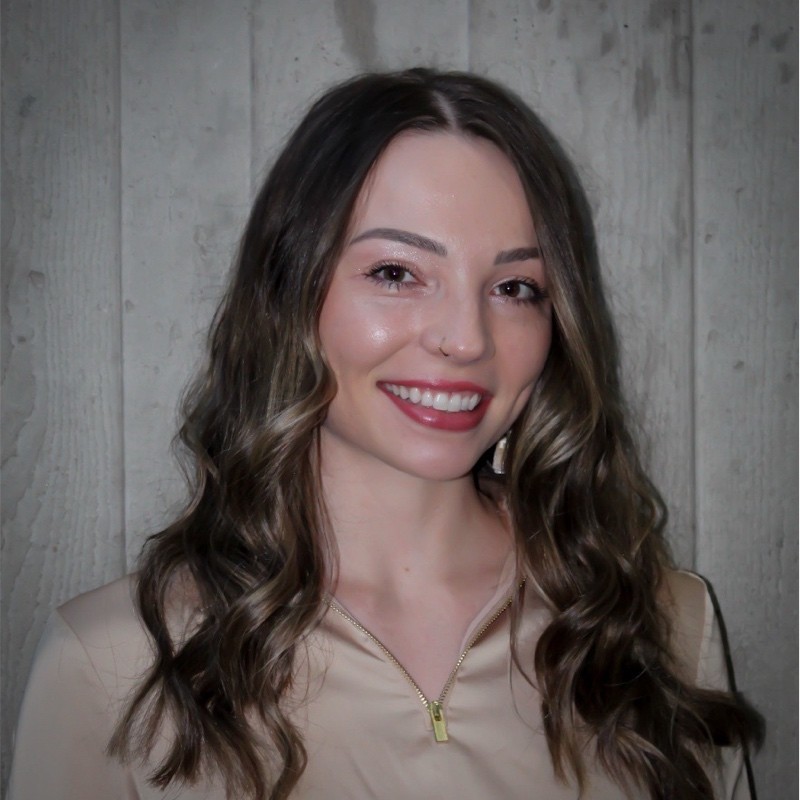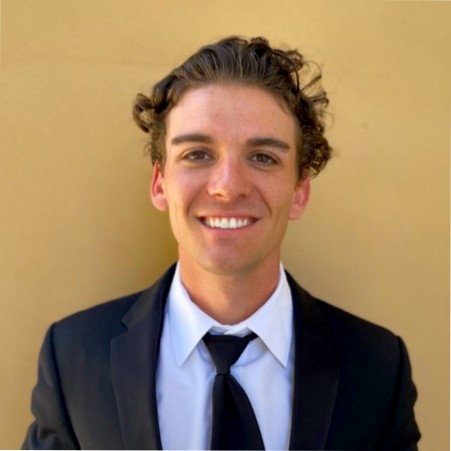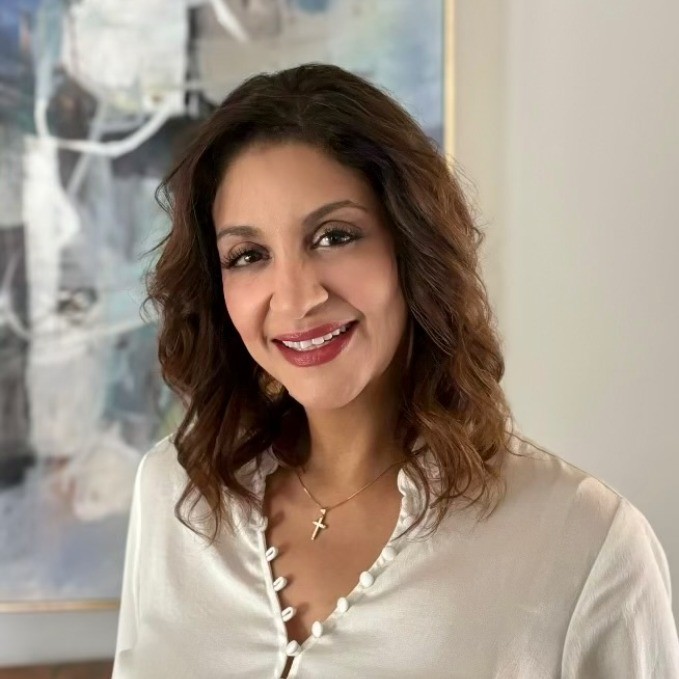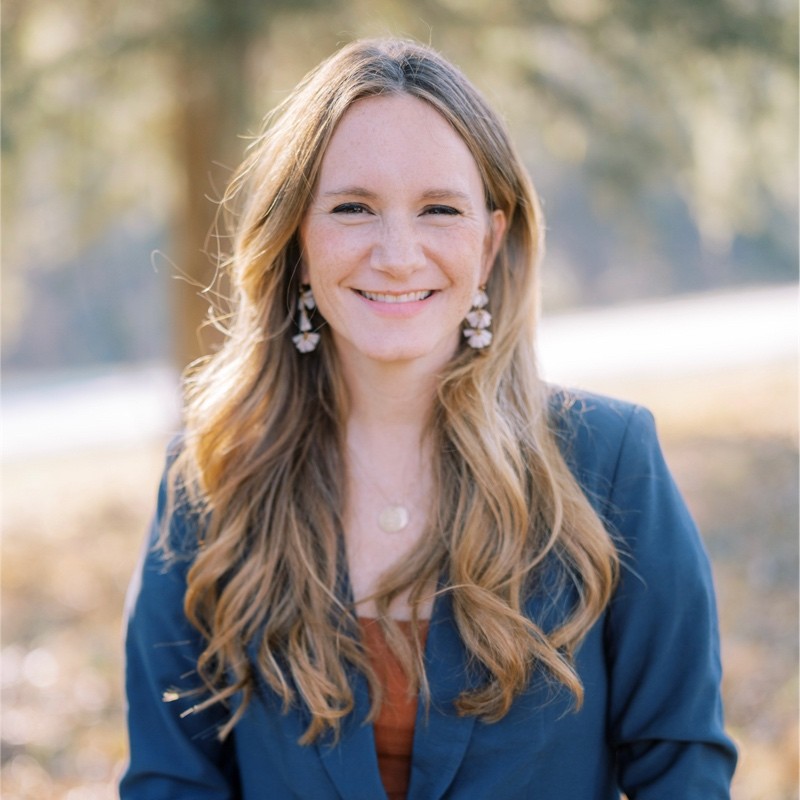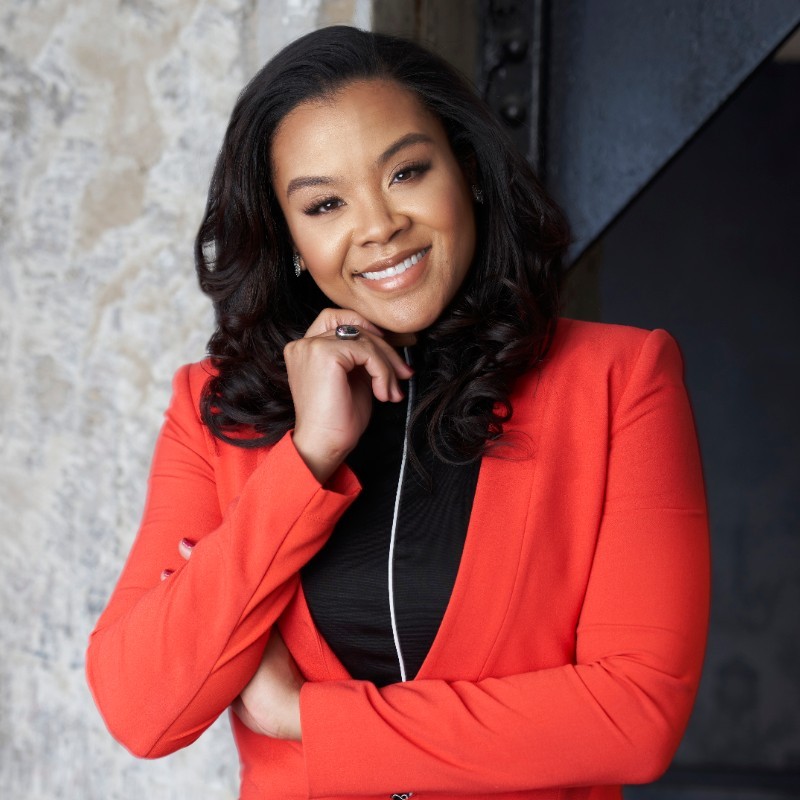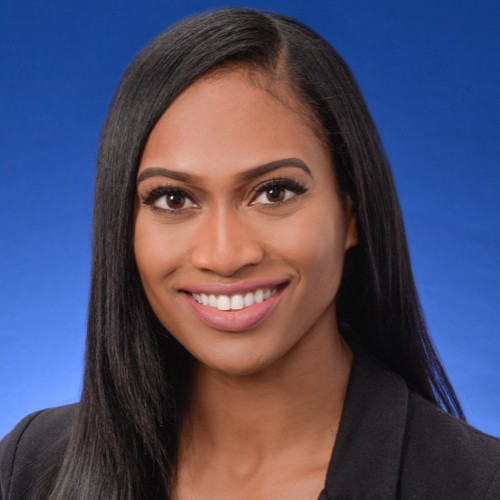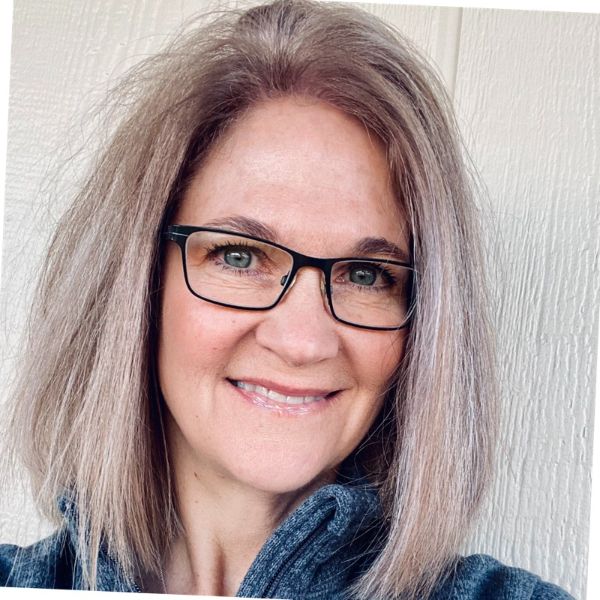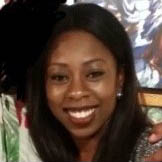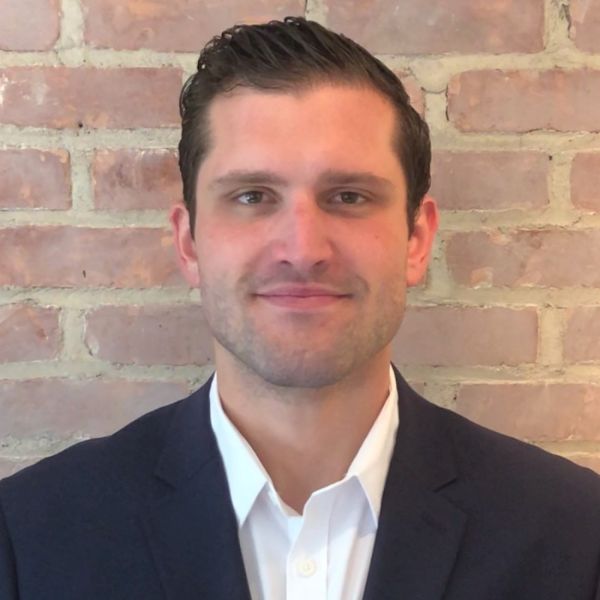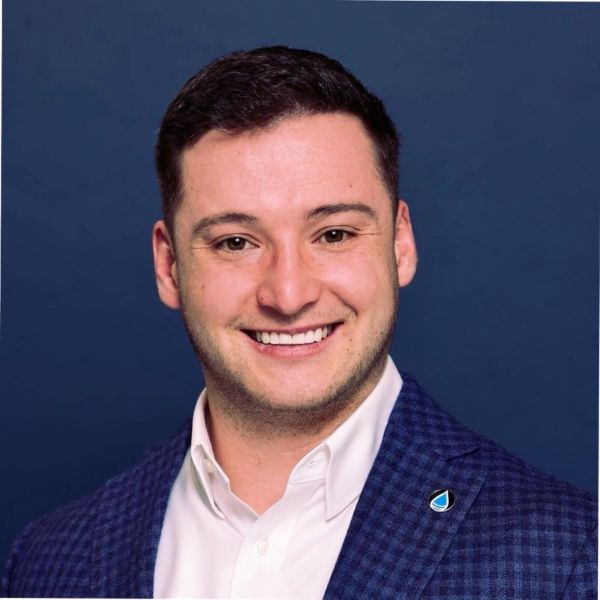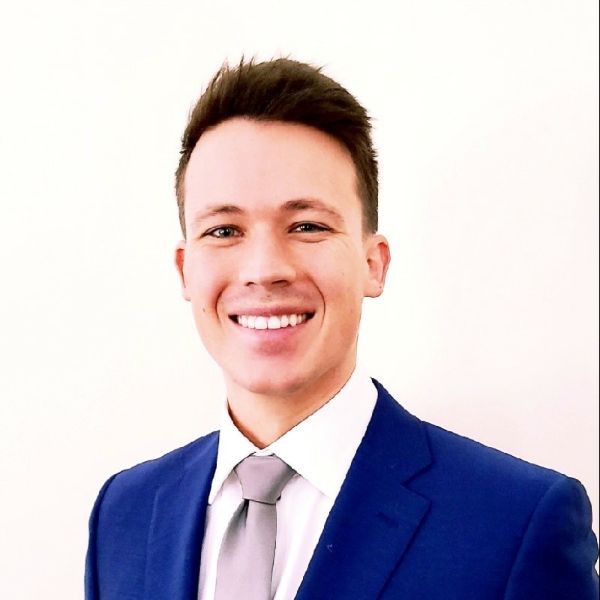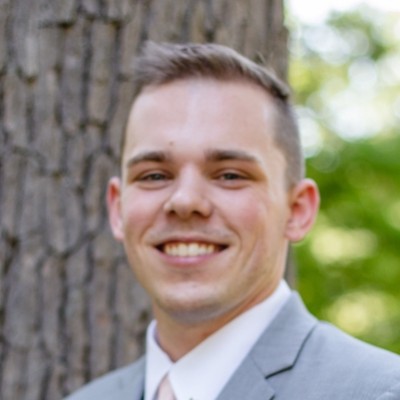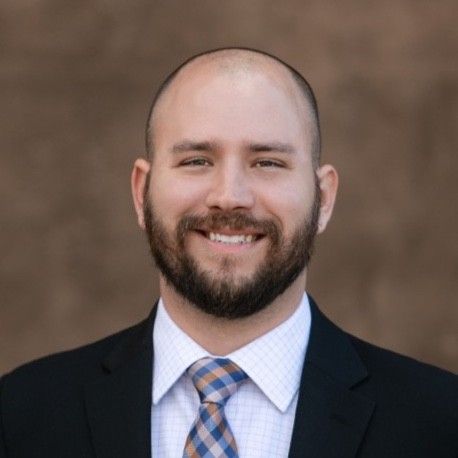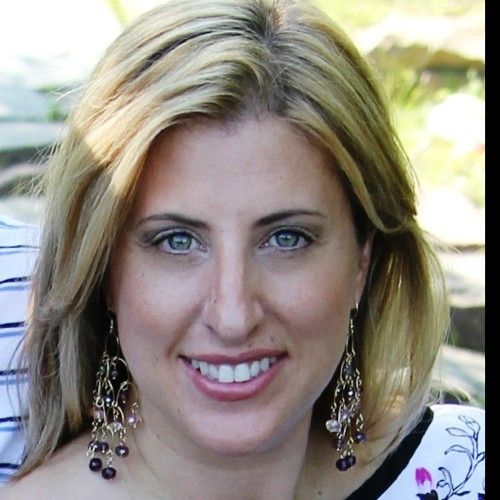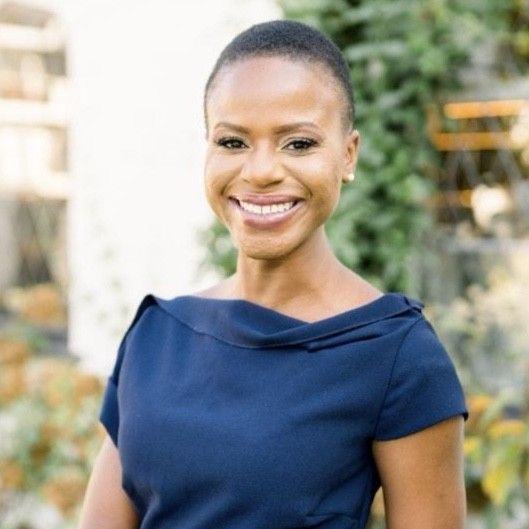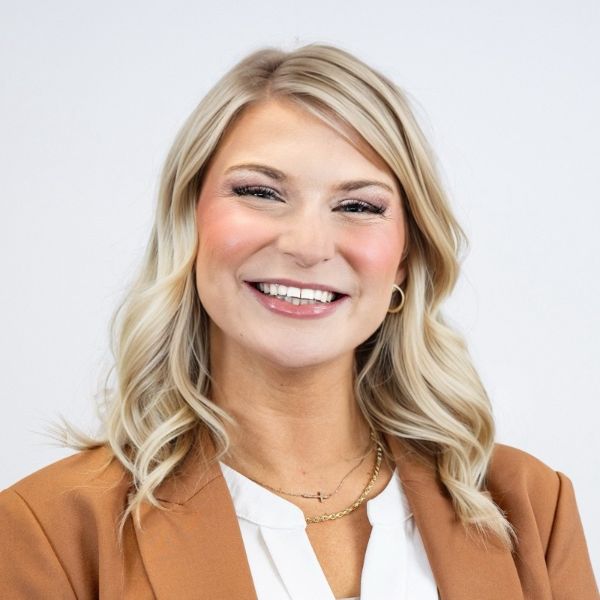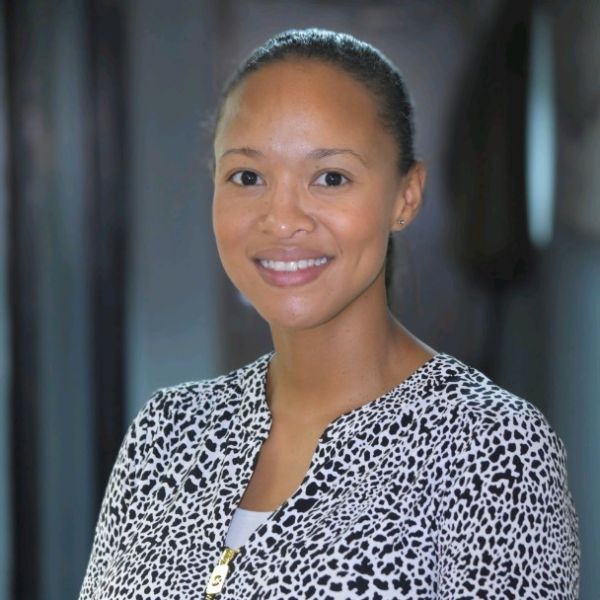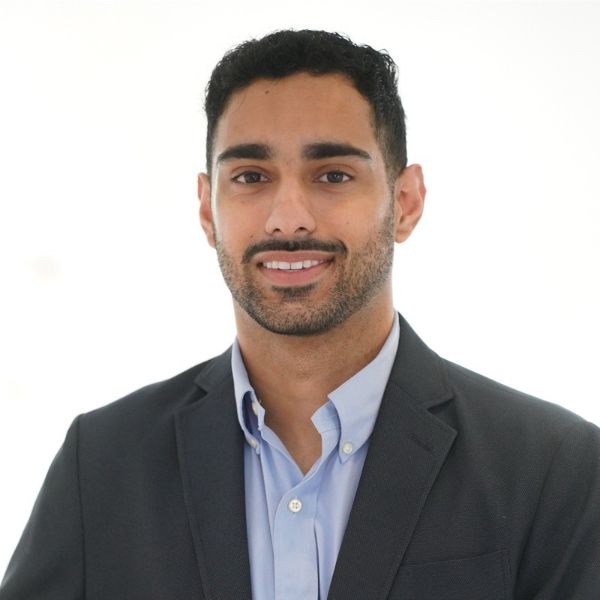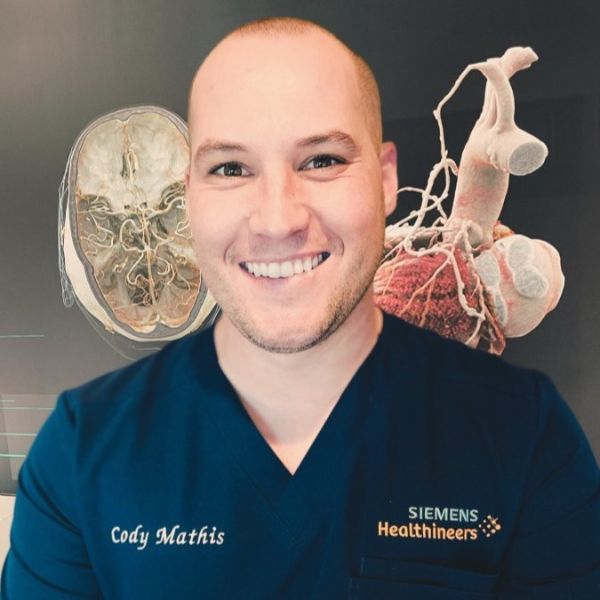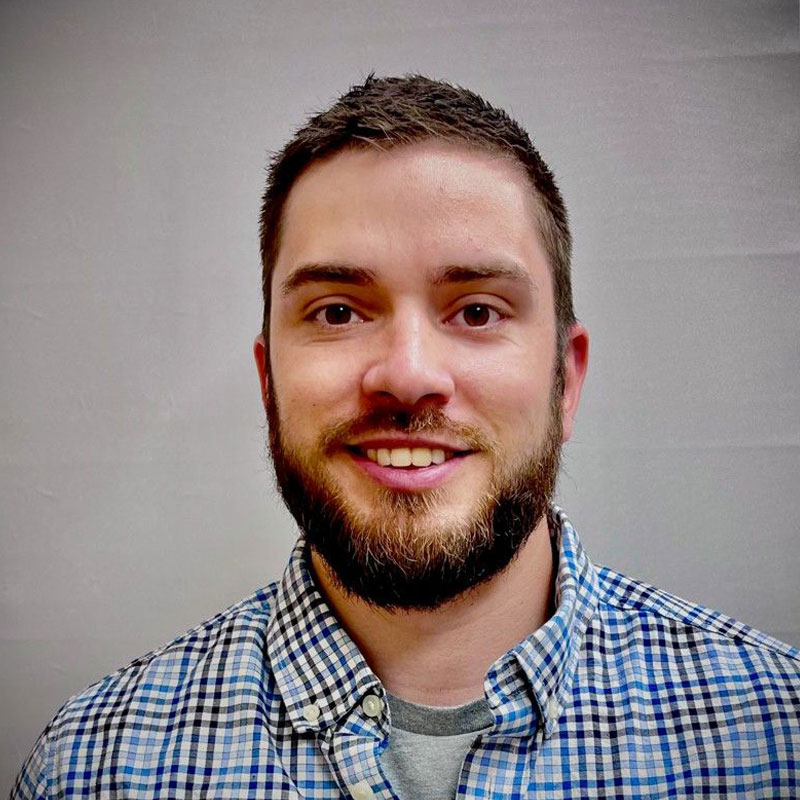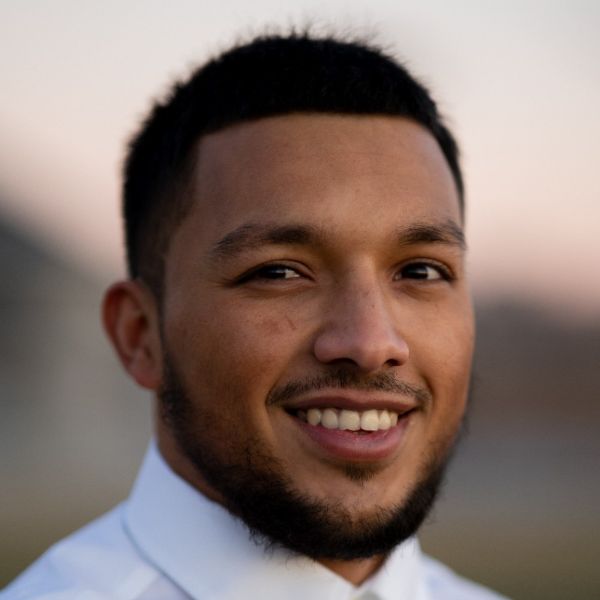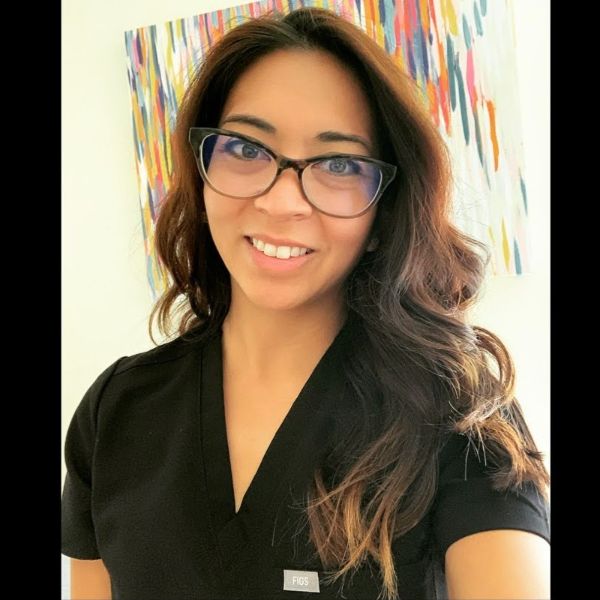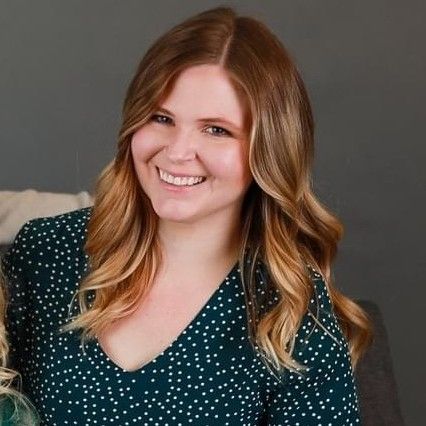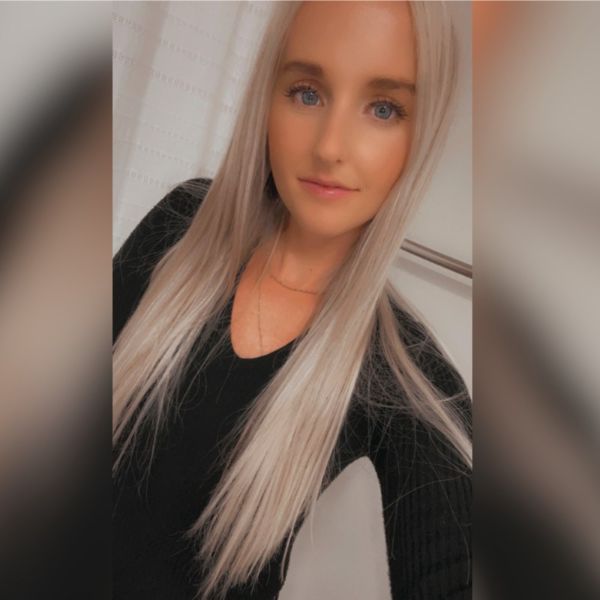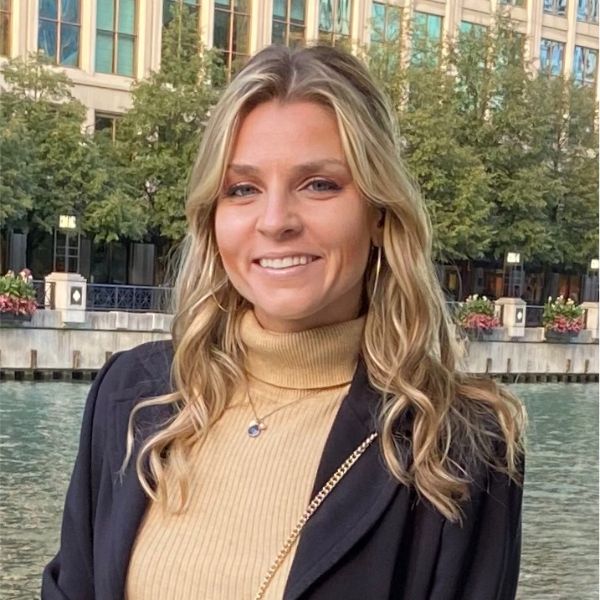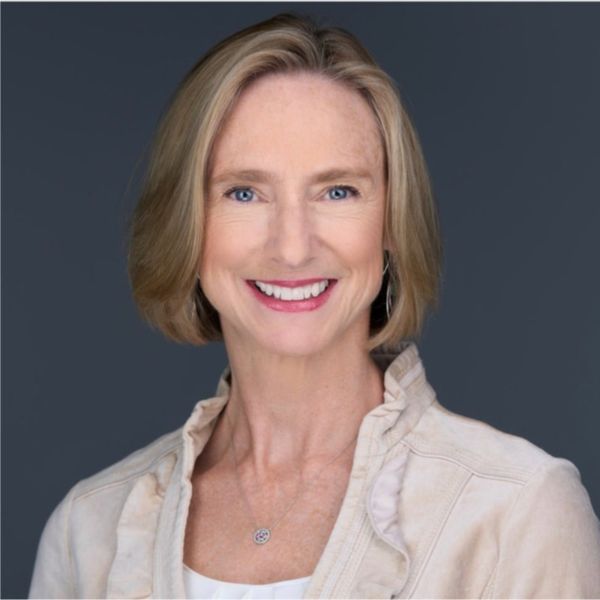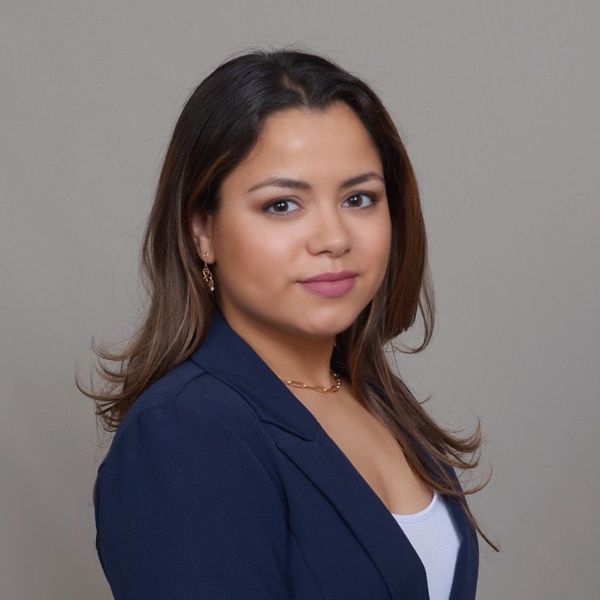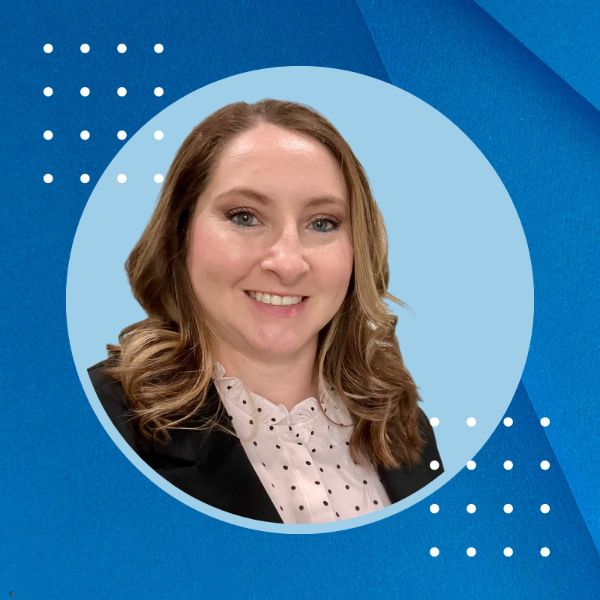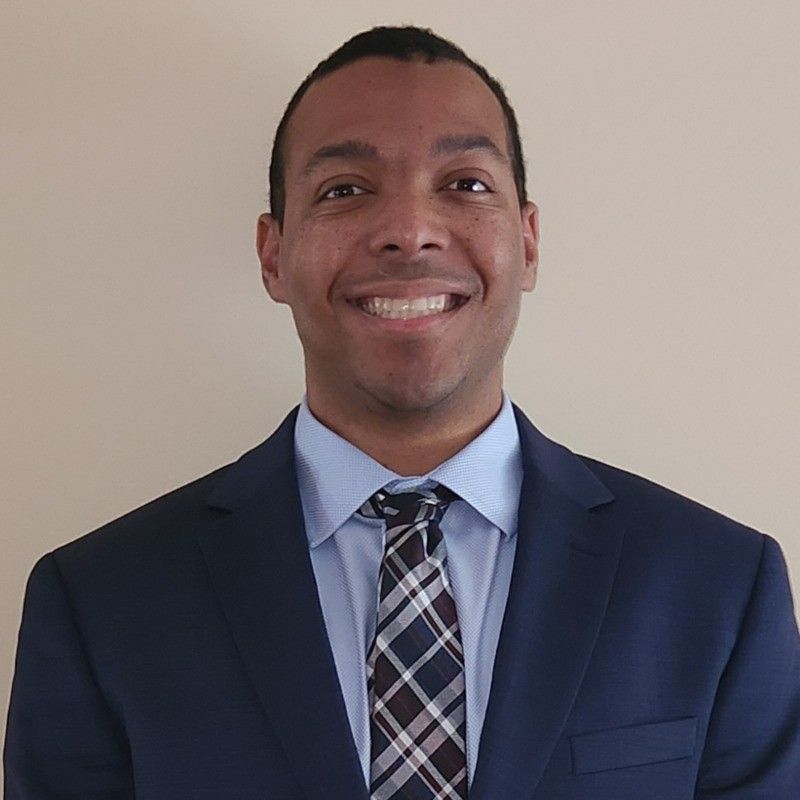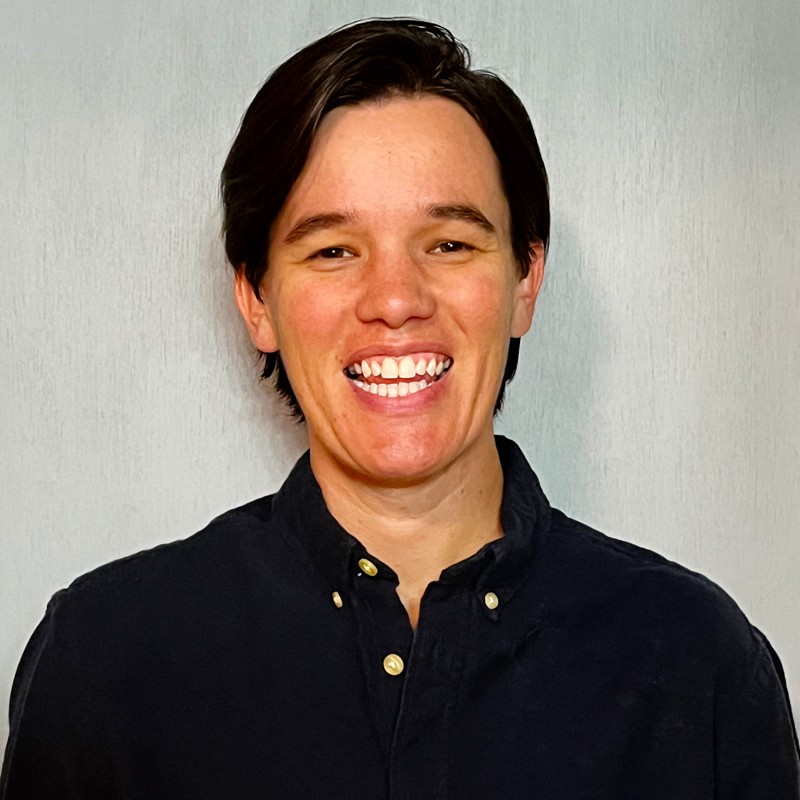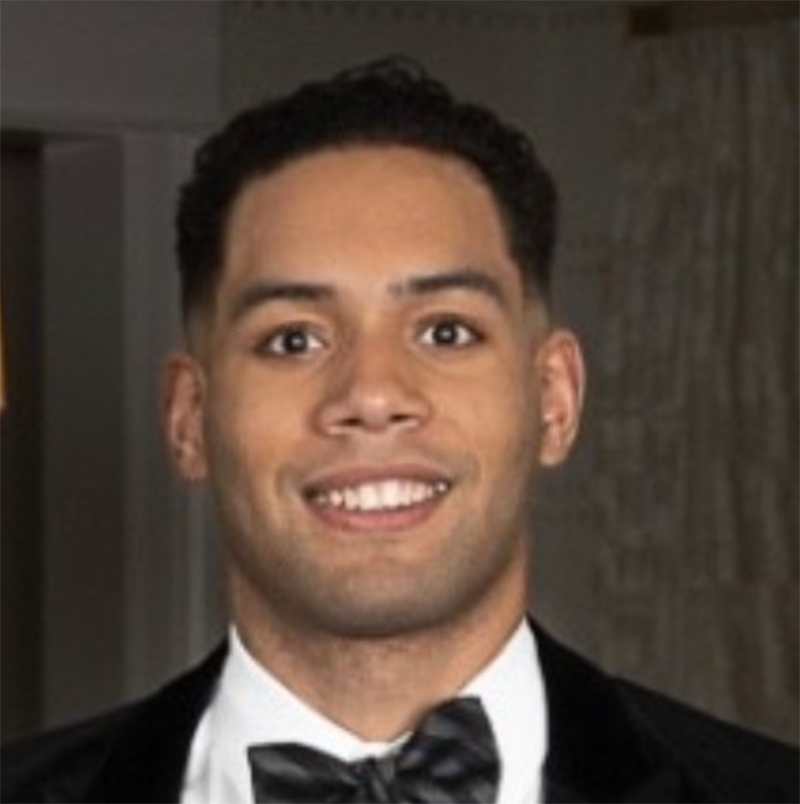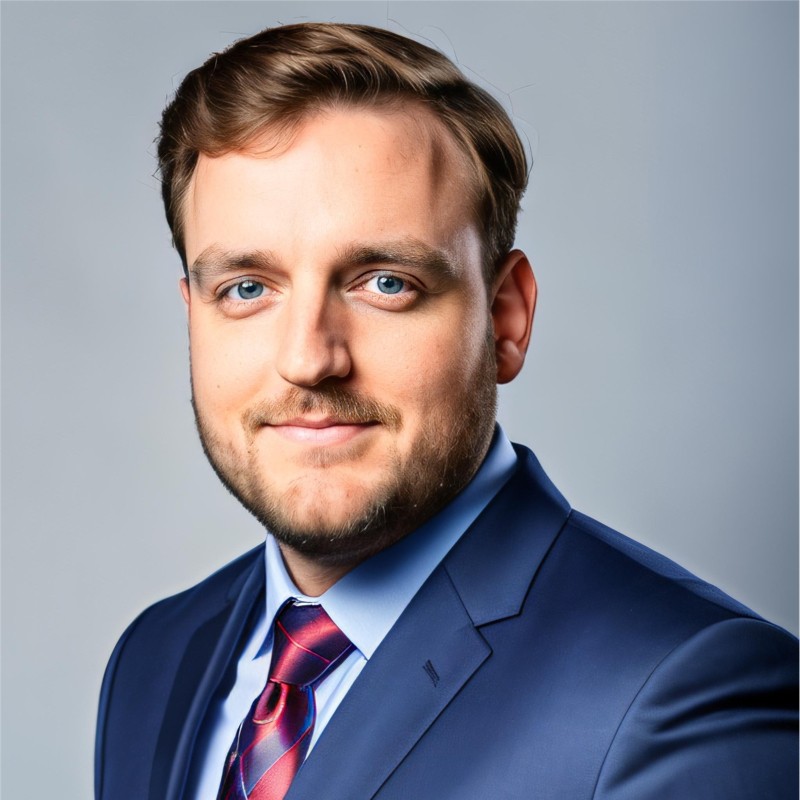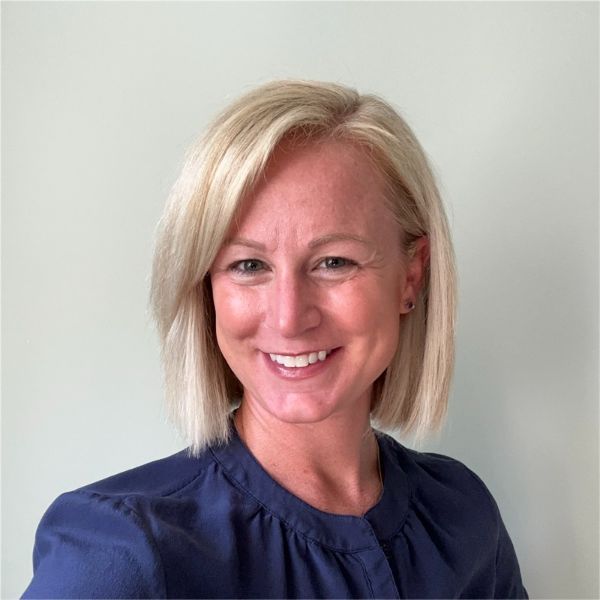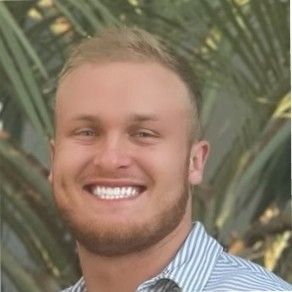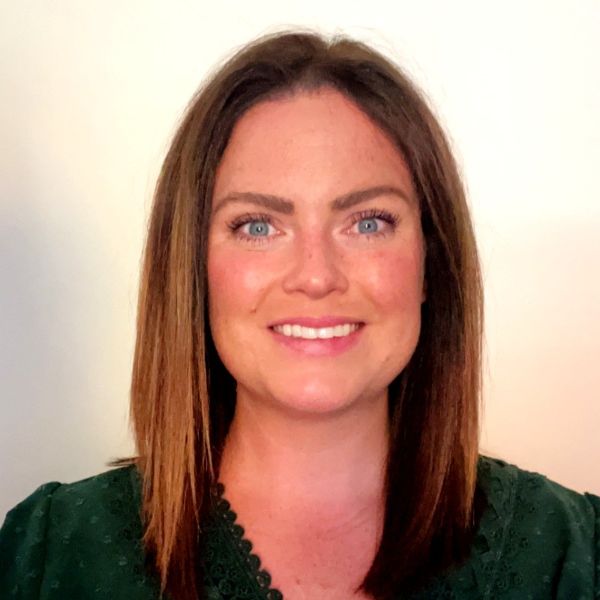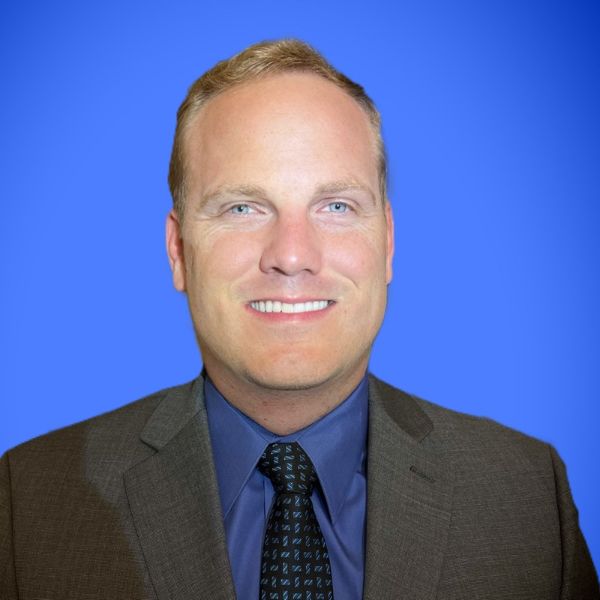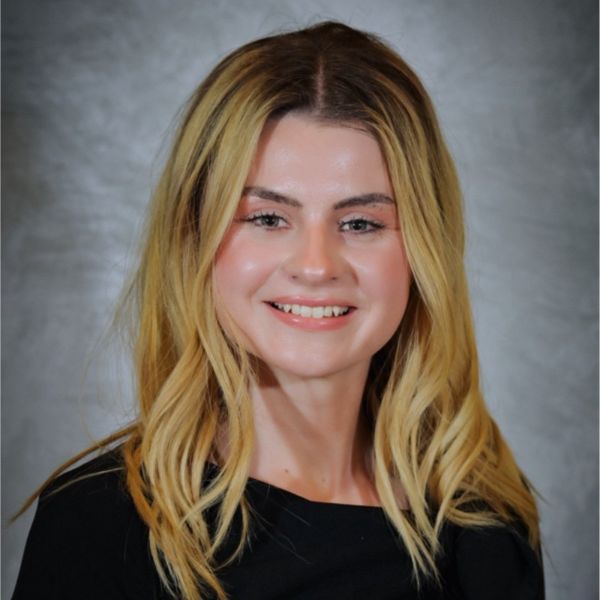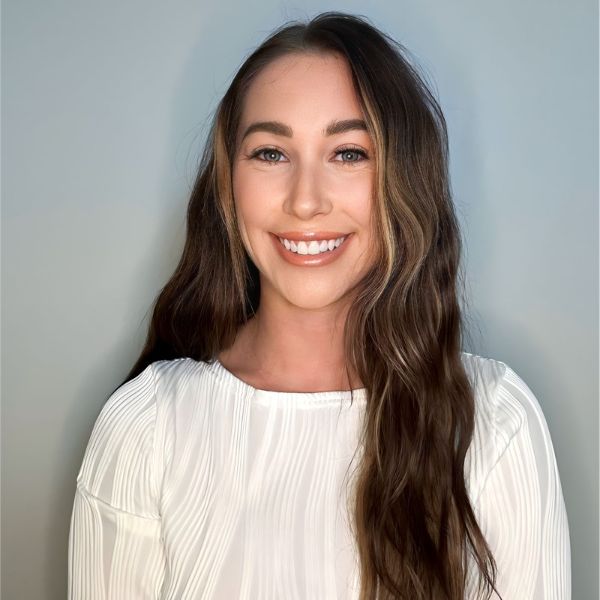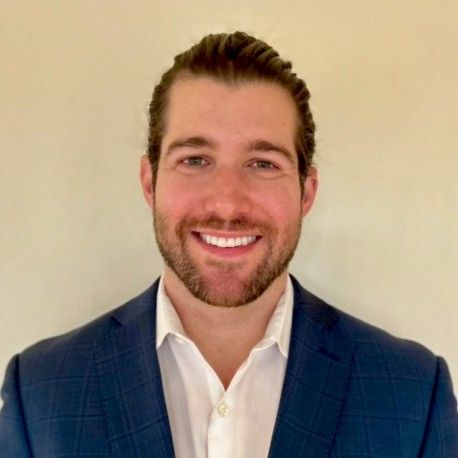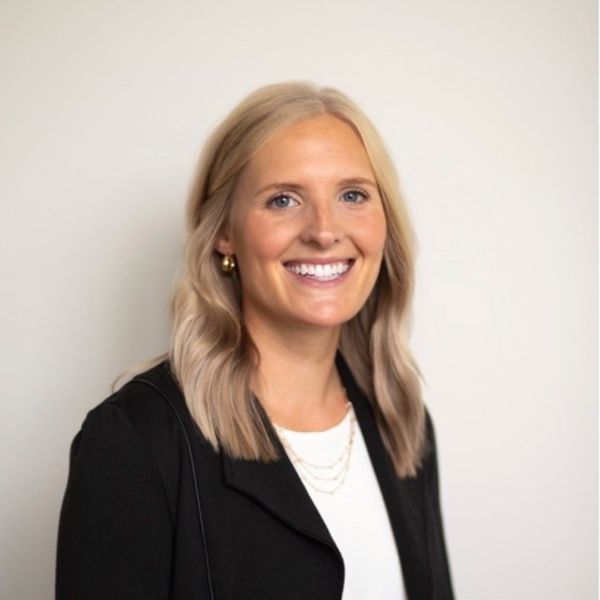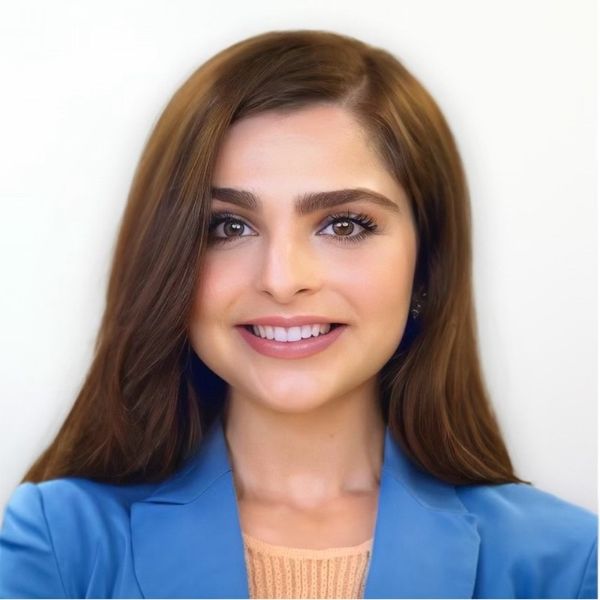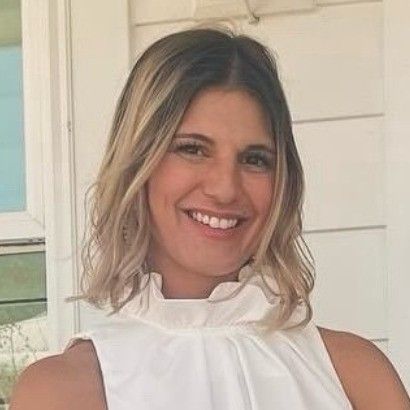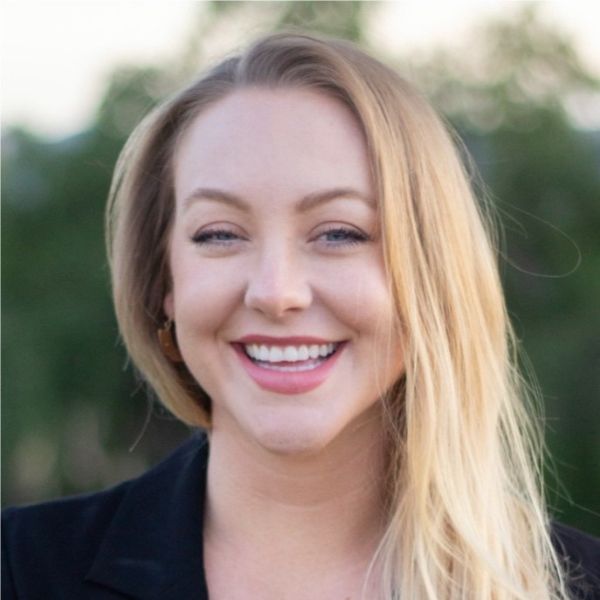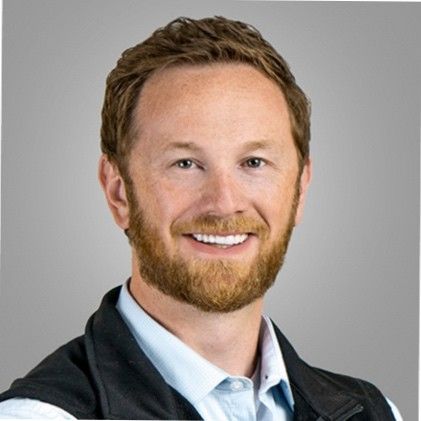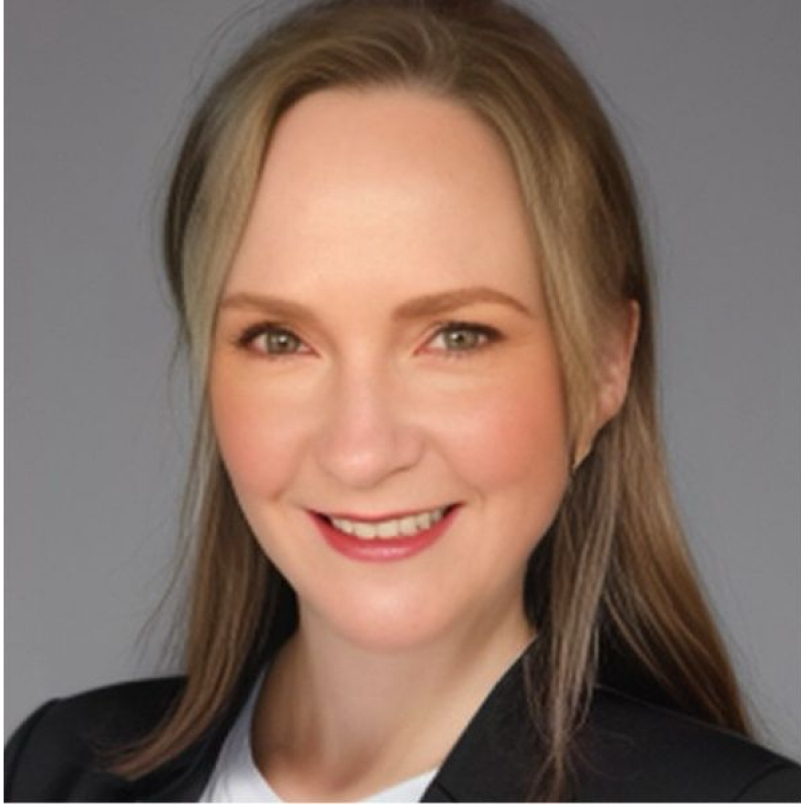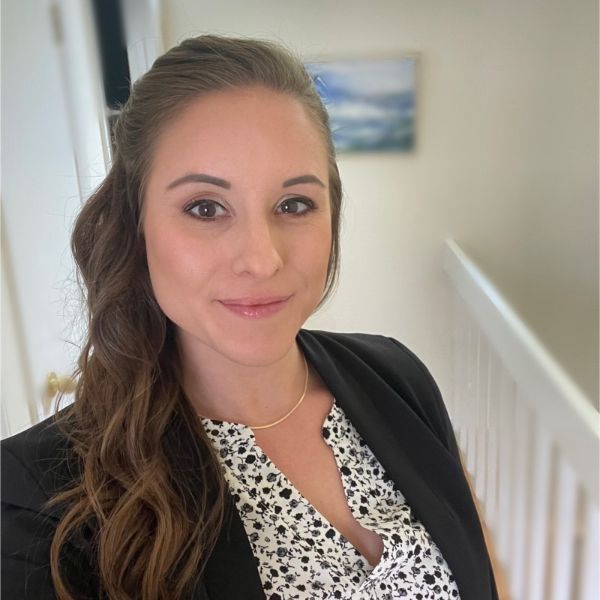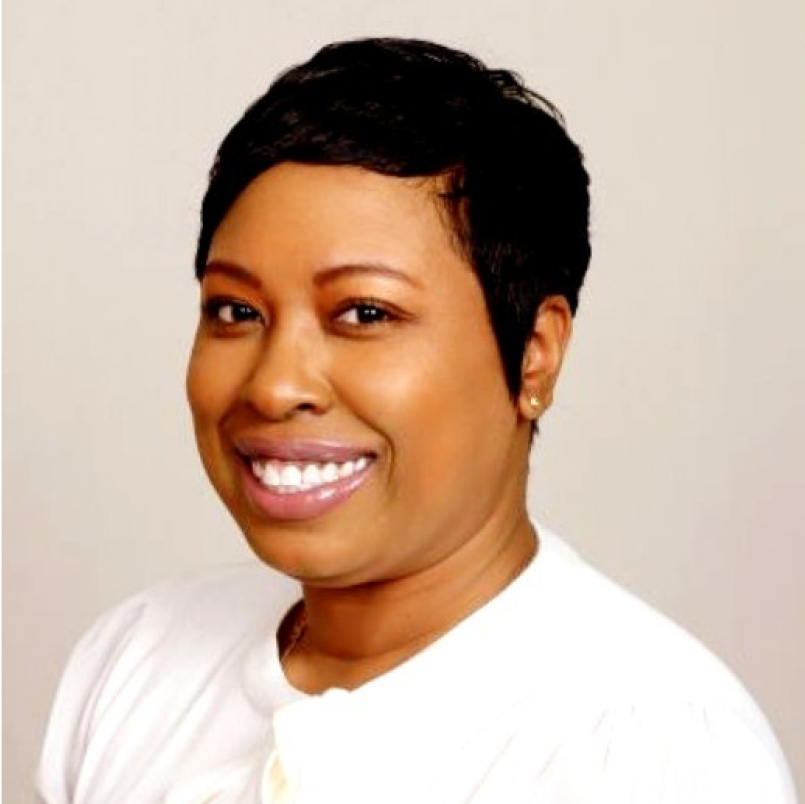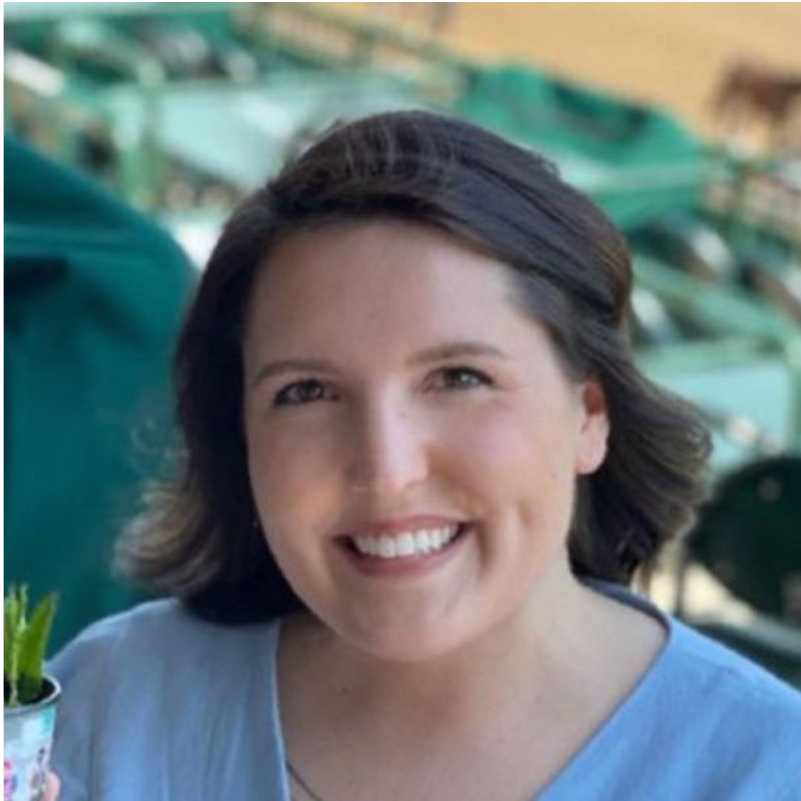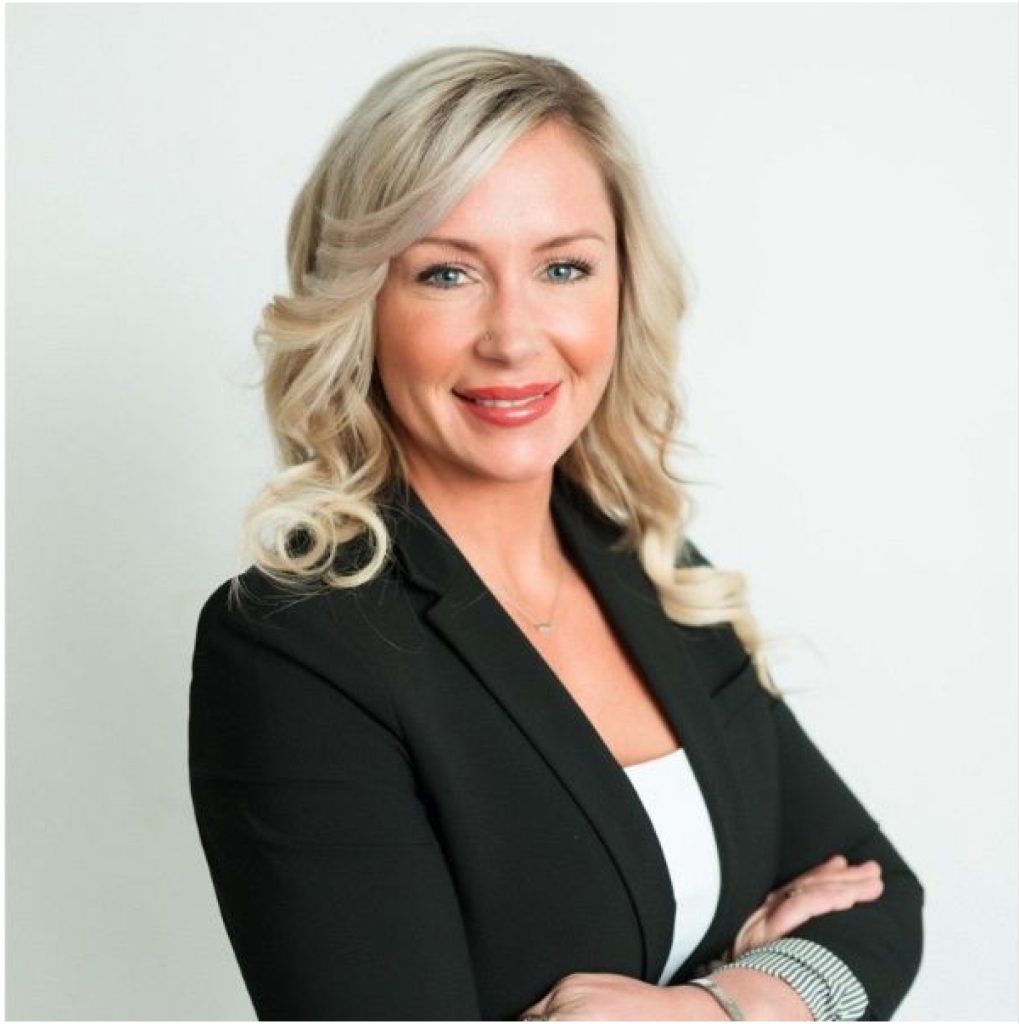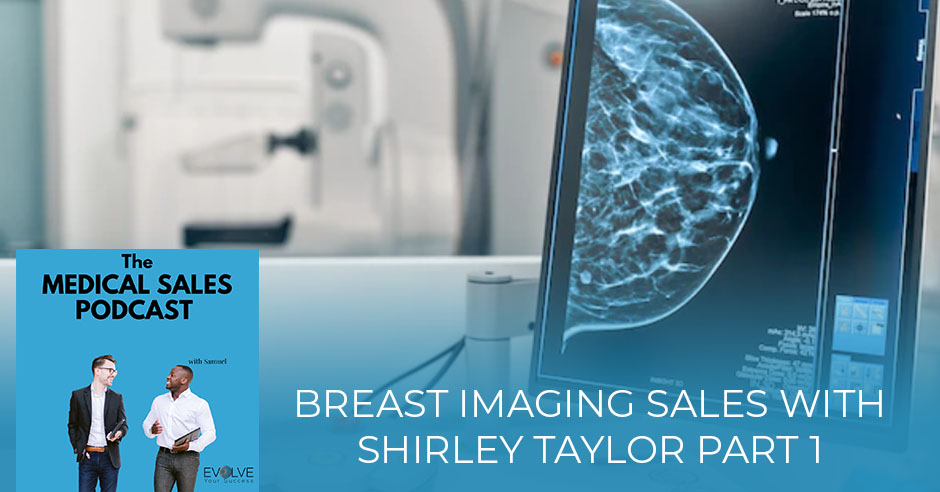
Being a specialist in the medical sales field is no small feat because you have to really hone in on the nuances of that particular niche. Imagine doing that for 28 years. That is what Shirley Taylor has done in the as a mammography sales specialist, focusing on breast imaging sales. In this two-part interview with Samuel Adeyinka, Shirley shares everything there is to know about her particular field, from the Sunshine Act to Rodney King to George Floyd and everything in between. She also gives us some of the highlights of her long and illustrious career as a medical sales specialist. Tune in and learn what it takes to be one and thrive as one!
—
Watch the episode here
Listen to the podcast here
Breast Imaging Sales With Shirley Taylor Part 1
I am overjoyed to bring you a very special guest that goes by the name of Shirley Taylor. She has had one heck of a career and many years in the business. She has seen it all. I’m not going to spoil it. I’m going to save it all for the episode. This is going to be a two-part episode. In this episode, you’re about to read part one. Without further ado, I hope you enjoy this episode. Thank you for reading.
—
Shirley, how are you?
I am well. How are you?
I am fantastic. No complaints. Why don’t you tell the audience who you are and what you do?
I’m Shirley Taylor. I call myself medical sales professional. I’m also someone who public speak. I’m a strategist. I put all those pieces on it. When I say that, it’s because my life has evolved professionally in the medical sales arena. I started off thinking about what I wanted to do. What I wanted to do was to do some type of sales and be around people. I thought I really wanted to do banking. I have a Business degree background. I interned in banking all my college years. When I came out of college, it was like, “You can sell. It’s a great world of selling.” I said, “Sell what?” I got in with the Eastman Kodak Company and started selling copiers in New York City.
You’re giving us all the history. What’s your title now?
My title is Region Modality Leader and Sales Specialist for Breast Imaging in the New York City region with GE Healthcare.
A lot of people have no idea what that is. Can you give us a little light on what that title means? What do you do in that space?
I am part of the support team on the commercial sales side for a region. We have regions within GE. I live in New York. I support the New York City region. I’m responsible for not only the sales of breast imaging products, which are what women and people know as digital mammography products, to spaces of imaging centers and hospitals. I partner with the imaging account manager, which is the total sales rep that covers all product lines. I’m the specialist just for breast imaging. That’s my niche. That’s what I go in. I do consultative sales to go ahead and do site visits with the customer.
I speak to my primary audience or radiologist as well as imaging radiology administrators that I go in that usually go into the breast clinics and things of that nature. That’s what I do, and that’s what I support. I come up with proposal strategies for what they’re looking for, whether it’s to start a new center and outfit for that or whether it’s to replace existing older equipment to get up to FDA specs or if it is something that’s like a joint venture that they’re looking to now partner and see how they can get breast imaging into a demographic that they might not have it before. I present them with options.
Let’s lay that out because a lot of our readers want to get into the industry, and even professionals in the industry that are not familiar with this space. You said that you’re not the only sales rep for an account. You’re part of a team.
I’m part of a team. Especially, you might have bigger accounts. On that account, hospitals have different types of medical devices. I’m in what you consider the diagnostic imaging space. Within our company, you have spaces such as the bedside space, which is the monitoring space, things that are right around your bed if you’re going to the hospital. You have that niche too. It could be the oncology department where people who have been diagnosed with cancer now have to go ahead and go through the treatment plan. At the top of that, there’s an account executive that covers that relationship among all those product lines with C-level people.
What trickles down is, at least in my space, there will be a patient monitoring manager and an imaging account manager. Because I’m in the diagnostic imaging space, I support the imaging account manager. There are people like me that do CAT scan, CT sales specialists, MR sales specialists, and X-ray sales specialists. I’m what you call a mammography sales specialist. We call it region modality leader because I’m responsible for the region. All the business that goes down within the New York City region, which is comprised of New York City, the boroughs, and going down to the Jersey Shore is my responsibility.

You’re the regional modality leader and work with all these other ancillary parts within imaging. It sounds like you’re more responsible for finding the business opportunity for some of the diagnostic products that GE has.
I’m responsible for finding just the mammography opportunities for GE, so then I can place a fit for it. I work side and side with imaging account managers. For instance, they’re in there to the account. The site administrator might say, “We’re about to replace this machine and this machine. We’re opening up a new hospital.” What I prep my internal team for is to ask the questions for me on breast imaging. “Are you going to open up a breast imaging space? Are you going to have mammography as part of this outfit?” “We are.” “Let me bring in Shirley.”
Now I have qualifying questions. I have things of the nature, “Who’s the doctor responsible? Are you budgeted? Do you know anything about my product line? We have competition. Go and do some education about it.” That’s my piece. It’s to hone in and make sure that the clinical piece is covered as well as strategize internally with my team on how we can get mammography into this opportunity if it’s not already in it.
Do you seal the deal? As soon as you’re brought in, does it end with you? Is it passed on to someone else later on in the process?
It doesn’t end with me. It’s collaborated with me. The imaging account manager would know the buying process, and what they’re doing once I’ve done my clinical evaluation, presentation, image review, and proposals. Depending on the site, if it’s a small imaging center, meaning sole proprietorship or doctor-owned, I am in there. I’m talking with them. I’m the one saying, “We got your financing. We got your service.” We got the whole total cost of ownership that people who are entrepreneurs want to take a look at, not only the price of the equipment. I’m very actively involved.
If my product is part of a bigger opportunity, meaning not only my product but other imaging products, then collectively, myself and everyone else are trying to get with that imaging account manager saying, “How are we looking? What else do you need from me? How are the proposals?” I’m responsible for the proposal for configuring the right piece of equipment and having those conversations with the right doctors and key opinion leaders in breast imaging if they’re part of the organization that I’m proposing to. I’m also responsible for branding. I brand myself as the mammography expert in my region. If there are things coming out, such as breast imaging, I do a walk every year. I do certain things to let people know, “I’m in that space. Come and talk to me, not only when you’re looking for equipment.”
Are you responsible for the sales of these products? Is it strictly consultative and education-based?
I have a number, so I’m responsible for the sales. I have a number and a goal to reach. There are systems being sold in my region. When I say I work, I still push to make sure we get over that what we call the finish line.
That’s an interesting position because if you have a number, I’m assuming if there is pressure to be felt on the other account executives, it’s coming from you as well because you’re saying, “I’ve done my piece. You need to get in there and do your piece.” Is that accurate?
That’s accurate. Still, at the same time, I’m keeping my warm feelers with my clinical people that I’ve talked to, and if I have a relationship with the administrator to talk about my project on the side, “What do we need to do to push this over the hump? Who else do we need to get involved?” I feel that’s my responsibility. Because my product line is a niche, smaller dollar-wise product line, I feel like I take more ownership of it because when an imaging account manager is given a goal, their goal is high. That encompasses making sure they sell MRI pieces and CAT scans, which are higher-cost volumes.
Everyone knows that for breast imaging, 75% of women make the healthcare decision. We need to make sure that we are always taking care of women in a healthcare setting. That’s what I pose on saying you need to have people satisfied when they’re taking their studies with my piece of equipment to get them to bring in the kids, the husband, the boyfriend, the fiancé, whatever the case, into that whole health system. Every health system knows they need to have women’s health tightened up and the best in there to bring the population in.
That’s such a dynamic role. Share with us what you love most about this position.
I love a couple of things about it. I’ve stayed in this position in this type of role because it’s near and dear to my heart. I’ve seen family members die from breast cancer and women of color not getting the right service because they wait too late. When I say not getting the right service, meaning it wasn’t readily available for the times that they could go to it, or there wasn’t the latest and greatest in that neighborhood.
I feel that me being in this type of role, it’s as if I can just help educate. Sometimes I talk to people and say, “When have you got your mammogram?” I could do that as part of what I do and love. That’s what keeps me here. Knowing what’s out there and what could help people has always been something that I’m passionate about. I never wanted to do a sales position in medical sales where I didn’t feel there was a product or something that I was representing a solution that would make a difference. That kept me out of it.
[bctt tweet=”In medical sales, it doesn’t feel like there is a product. It feels like you’re representing a solution that makes a difference in people’s lives.” via=”no”]
I’m going to have you take us back. We’re going to go all the way back to college. We need to know what major you were in. When you were about to graduate, what were you thinking you were about to do?
My major is Business Administration with a minor in Marketing. I thought I was going to do banking. I started after my freshman year. I’m going to date myself here, but there was a bank in New York called the Bank of New York. It was the first bank that had ATM machines. I said, “I want to work for this bank.” No one has looked it up, but the Bank of New York was one of the first banks that had ATM machines. They were going digital, not doing a lot of that paper that you would do as a teller. I started on a circuit, meaning I learned to do the teller behind customer service, take your money, do deposits, and talk about different options. I then learned about the customer service side and the branch management side.
In the last year of college, I said, “I worked there,” and they were like, “When you’re done, you’re in for an internship program.” That summer was very interesting. A lot of things happened in that branch. I saw that the branch manager was working their tail off and not, in my opinion, making any type of money. I’m a ’90s graduate. I was like, “You got to make some money too. You got to do what you love.” My whole mindset changed, and I said, “I don’t really want to do that.” I want to get into the financial piece. I thought maybe commercial banking. Looking into the financial piece, I interviewed different finance outfits to say what I wanted to do, which still wasn’t a fit for me.
I had a cousin who graduated a year before me. He’s an Economics major from Ivy League School. He always did well. He’s telling me, “I’m selling copiers for Kodak.” I’m like, “What? I thought you were going to be at Morgan Stanley. You are an Economics Ivy League grad.” He’s like, “Shirley, you’re going to learn a whole lot about yourself. You’re going to learn how to present to people. You’re going to learn how to build relationships.”
He said, “This is something that’s going to be valuable. Take a look at sales.” I said, “I like to talk to people, but what do you mean by sales?” Being very green, he said, “I’m working for Kodak. They’re interviewing a lot of people. Come on over. You’re going to get a lot of training. They train you for sixteen weeks. You’re going to learn so much. It’s like a program that you get outside of college. You’re going to get paid for it.” I started taking a look. Kodak had acquired IBM, a copier line. I said, “Copiers.” I went and was interviewed by the regional manager at that time. I told him some of my goals and what I was going towards, and now I’m here. He was like, “You’re going to like this. Try it out.” I started training.
You weren’t even entertaining a sales role at all. You just said, “Why not?” because your cousin talked you into it.
It’s also because I feel I’m in good company. Kodak was a recognized company at that time. They had different divisions. If it’s something that I didn’t like there, I’m sure there are other opportunities within. I thought that way.
You were at Kodak. When did medical sales come into the picture? Did you go right into medical sales after Kodak or explore something else?
For Kodak copiers, I did sales for three years there. In the last year, I did leasing manager. I’m going back to my banking thing. They had a leasing manager where you would learn all the different divisions of Kodak. Back then, they had a medical blood analyzer product line, copier line, and microfilm line. People would finance a 60-minute photo booth. For entrepreneurs, they would finance that. I said, “Let me cover that. Let me learn this finance to see how that works.” I always incorporated finance with my deals when I was selling copiers. The finance division was like, “We think you’d be good here.” I figured that was a good fit for me. I learned all about financing and how to incorporate that in. Now I’m looking at different areas within Kodak.
What happened was I really didn’t like it. I wasn’t an individual contributor. The reps could use me within in-house funds, but they could also use other vendors such as City Corp, etc. It wasn’t something that I thought about long and hard. I like the sales game. I like what I’m doing. I like entrepreneurship. I like that I’m not in the office. I like the things that come with sales if you can manage your own time. Healthcare came to me, saying, “What type?” I didn’t know what type. There was a Wall Street Journal paper that CEO Jack Welch put out, “If you’re the salesperson, we’re looking for people who have a couple of years’ experience for this new program we’re doing in medical sales.”
It’s the first time they’re going to try it out. I took a stab at it and sent in my resume. It’s about 5,000 people that applied, and they broke it down to 3,000. Thirty of us got picked, and I was one of them. It was a great ride because I got trained. I got to learn about imaging and diagnostics. I now have my sales piece, confident in what I was doing before, but learning something totally different. Now you’re talking about FDA-compliant equipment in the hospital space. My parents were both in healthcare. My mom was a nurse. My dad was in the healthcare space in the hospital on the security side. I knew of the hospital life but didn’t know the vendor life of going to a hospital. That’s what got me into sales.
The rest is history. That’s fascinating. Here’s one thing I always like to understand. Let everybody know. How long have you been in medical sales?
I have been in medical sales for many years since ’94.
You’ve literally seen it all. You were even there in the heyday.
Heydays, the Medicare fraud days, and the kickback days of things that you could include that no one thought anything about it on a proposal versus what was not compliant.
It’s what the Sunshine Act did away with. Shed some light because there are people reading this that have no idea what I’m talking about. Can you take us back and give us 1 story or 2 of what it was like in the early days of working for a company like GE?
It’s not my story, but people know this story. I’m not saying anything that people don’t know. There was a time when an administrator could come to you and say, “I want to get this MR outfitted or any imaging product outfitted for my imaging department.” Brand new department or even replacement, you got to go on there. You got to gut it out. Project management is involved. You got to fit the equipment in. You have to do drawings. The architect does do drawings, and then you add pieces. When you go for services, sometimes you see a TV in that room and certain things. It’s not only the equipment because you want the patient care. You want them to feel comfortable.
I came to find out TVs were added to that proposal because they had appliances back then. You could have a TV and different things. I came to find out that person in the hospital outfitted not only the hospital but his new home with a product line. I might be wrong on this, Samuel. I think it was called non-inventory line, whereas, like a slush fund, they called it. The customer could buy a piece of equipment, but then you needed maybe $50,000 worth of ancillary items that aren’t equipment but belong to that room.
You didn’t have to justify what it was. You didn’t have to put exactly one TV or this. You didn’t have to put that. You put it in a slush fund, it gets approved, and people use that slush fund to do and buy things that you can no longer do anymore. You have to record and report and make sure that you are not doing anything to induce a sale. It wasn’t looked at like that back then when I got into it until you peel back the onion and say, “You are doing something there.”
That’s a good point. I love that you said that because when it was happening, people weren’t looking around saying, “What are we doing?” They were doing what they thought was customary. What was the perspective back then with things like that?
You had training and classes to be told if a customer wanted something like that in the project, you’d have to be specific about what that was. The thing was, there was no guidance on the timeline and how much could be put into that type of fund. The terms were very loose, so people got real creative in the aspect where it may get you in trouble. You know as well as I do. If anyone ever comes back and says, “Does Shirley force you to buy this equipment that she entices you with certain things like tickets or things of that nature?” You wouldn’t think of it. You would send a customer some flowers, a basket, a happy birthday, this and that. Medtronic was the company that got its wrist slapped the most when the Sunshine Act came out because it was doing too many things for the doctors that weren’t part of the sale.

You saw when that was happening, and you experienced when the Sunshine Act hit and afterward. How did that impact the way your relationships were? How did that impact the way you specifically conducted your business?
For me personally, it didn’t impact my business at all. I always believed you have to keep a fine line between your relationship with customers. I have customers who we consider each other friends through the years. No matter what company I’ve been at, we consider ourselves friends, but we also know there are some fine lines that could be looked at if I’m buying you lunch or you’re going out. We go out, but we pay for ourselves. If it was something you did, you make sure you have the approval to dot your I’s and cross your T’s. There’s nothing wrong with entertaining customers for business conversations.
I want to make that clear. It’s not like, “The act came out.” Now you had to record, report, and write. There were certain states like Massachusetts where you couldn’t do it with any of the doctors there. That was the way it was. You have to know that. I always would say to anyone coming that if you’re unsure, then ask. This is not a space where you say, “I’ll ask for forgiveness later.” It can come knocking on your door.
There are people who had to face criminal and legal consequences for something that they thought, “What’s the big deal?” For me, I always kept professional. I like to make sure I do lunches. There are just certain things I do. I’m not doing a late-night dinner unless it’s a conference. There are certain things. You won’t cut yourself if the doctor’s bringing their significant other and now they’re in the medical space. How am I going to report that?
The level of accountability now is unmatched. Now in this digital world, it’s almost like you can’t do anything without it coming back in some way, shape, or form, so tread carefully. Every company has realized that. The medical sales space is operating in that new way.
They have whole teams of people waiting to ask you questions if they see something that could be deemed suspicious for them. It comes up to be a big dollar amount for any big company. Personally, it’s a lot of stress. Why stress yourself for all that? You got other things to do.
That’s fascinating. I want to take things in a slightly different direction. This is something that’s important to me. Underrepresented groups in the medical sales space have more opportunities now than they ever had before. That’s me seeing what I’ve seen in my limited time. For someone that’s been in the industry for many years, you’ve seen quite a bit, from Rodney King to George Floyd and everything in between. Talk to us a little bit about what that journey’s been like from watching it. Maybe it’s not necessarily your experience, and if there is something, please share. What has that journey been like? What have you seen from when you started to what it is now?
I’ve seen a couple of things. I’ve been in a space where we all know each other, meaning people of color would know people of color because there was only one person in that room. Everyone would know who you were. Forget about myself being a woman because the medical industry is highly male-dominated and has been for a long time. When you saw a woman in there, it was one thing. It is like, “I’m in there with the boys.” That’s what I call them. I call them the boys. You now have people of color trying to get in, and it’s still only a few of us. You have regions like where I’m in New York City, and customers look like me.
The representation, sometimes, wasn’t reflective of that back in the day. There was no diversity and inclusion back in my day. It wasn’t talked about. It was just people hire people who looked like them. The only way you got in was if someone, like the way I got in, through interviewing and being part of a big new initiative, I would call it and also making sure that people who were trying to come in had a way to get in and feel comfortable. The medical space is a big space where you had a lot of people of color come in, and some people felt so uncomfortable. They didn’t feel like they belonged. They knew their stuff, so they decided to leave and do something different, like go to a smaller company or go to who they knew.
[bctt tweet=”The medical space is a big space where you had a lot of people of color come in and some people just felt so uncomfortable. They didn’t feel like they belonged.” via=”no”]
Companies decided, like my company, to do affinity groups. It has groups within that company where people who look like each other can form a group and have an area where they can talk about, “I’m on this side with the company. What do you do?” so you can network together with each other and learn about opportunities. That was very important to do before diversity inclusion because you had to have people feel comfortable with each other and talk to each other, and I’ll pool someone in. I believe in pooling someone in. I’ve seen some companies become better and some companies that haven’t because there’s a ceiling.
At a certain point, you see reps here and there, but when you look up, and you don’t see on the top management someone that looks like you, that’s a problem. We have more than qualified people. Companies needed to take an assertive act. I could tell you now that in my company, there’s a mandate that if there’s an open opportunity, you need to have a representation of your candidates of what the world looks like. That’s important.
It comes from HR. It comes from you feeding different candidates to people and then a manager taking a look and saying, “I need to look at the outside candidate. I need to pool people in, maybe from areas of schools that I hadn’t looked at before, places that I hadn’t even thought of,” like conferences, something like your group. When you’re pooling in new people, take a look at those other outfits that can help you get to how the world looks. People have taken surveys, and customers want people that look like them to sell to them.
That’s the reality. You highlighted a great point that this country is a diverse country. We keep saying underrepresented groups, but pretty soon, it’s going to be the majority groups because that’s what makes up this country. I’m curious. I want to hear from you. First, do you believe diversity, equity, and inclusion are now a thing?
—
That was part one with Shirley Taylor, right when it was just getting good. It’s a fantastic episode. Shirley was a wonderful guest to have. You’re going to read so much more in part two, so I don’t want to spoil anything. Make sure you tune in next episode for part two because we go deeper into everything she’s seen in her illustrious career of many years in the medical sales space. She has that nuanced space she works in now, being a sales specialist in mammography. She’s seen so much, as we said, from the Sunshine Act, from Rodney King to George Floyd, and everything in between. It’s something that you’re going to want to read, and you’re going to want to learn more about. Make sure you tune in next episode for part two.
Some of you might be reading this and might have read what Shirley does and thought to yourself, “Sales specialist in mammography, dealing with breast imaging. I’m passionate about that. I’m connected to that for some reason. I want to know how to get into that space.” We have the answers. Make sure you visit EvolveYourSuccess.com, select Attain A Medical Sales Role, submit an application, and have a conversation about how you can become a sales specialist and potentially work in breast imaging one day.
If you’re working on your territory, you’re trying to make things happen, and maybe things aren’t clicking the way you want them to. Maybe you’re not seeing the numbers go as fast as you want them to. Maybe that position continues to allude to you, then go to EvolveYourSuccess.com, select Improve Sales Performance, look into our sales training program, submit an application, and let’s have a conversation and get you to where you want to be. As always, we do our best to bring innovative guests who give you true insight into medical sales and everything that falls under that umbrella. Make sure you tune in next episode for part two with Shirley Taylor.
Important Links
About Shirley Taylor
 As a marketing and sales management professional, Shirley brings over 30 years of strategic goal alignment with experience ranging from new territory development and product launch, to mentorship and coaching both individuals and organizations to achieve high-performance.
As a marketing and sales management professional, Shirley brings over 30 years of strategic goal alignment with experience ranging from new territory development and product launch, to mentorship and coaching both individuals and organizations to achieve high-performance.
Throughout her professional career, Shirley successfully partnered with numerous Fortune 500 companies including Eastman Kodak, General Electric, Siemens, Medtronic, Century 21, and Philips. In addition to excelling in commercial sales, Shirley is a noted expert in Field Marketing activation, facilitating Key Opinion Leader sessions, spearheading Go to Market initiatives, and designing New Product Introductions for sales teams.
Shirley also believes in community engagement. Her foundation, SurelyFab Cares, focuses on providing hygiene products to distressed and underserved communities. Shirley’s philanthropic involvement includes volunteer engagement with the Girl Scouts of America, Girls On the Run NYC Club, American Cancer Society, Lymphoma and Leukemia Society, and Long Island Cares Food Bank.
Shirley holds a Bachelor of Science in Business Administration from Mansfield University of Pennsylvania. Her certifications include Six Sigma Black Belt, Catalyst Diversity and Inclusion, Human Resource Leadership, and Strategic Sales Management.
In her free time, Shirley likes traveling, reading, event planning, socializing with like-minded people, and enjoying new adventures with her fiancé and family time with her two young adult children.
Love the show? Subscribe, rate, review, and share!
Join the Medical Sales Podcast Community today:
